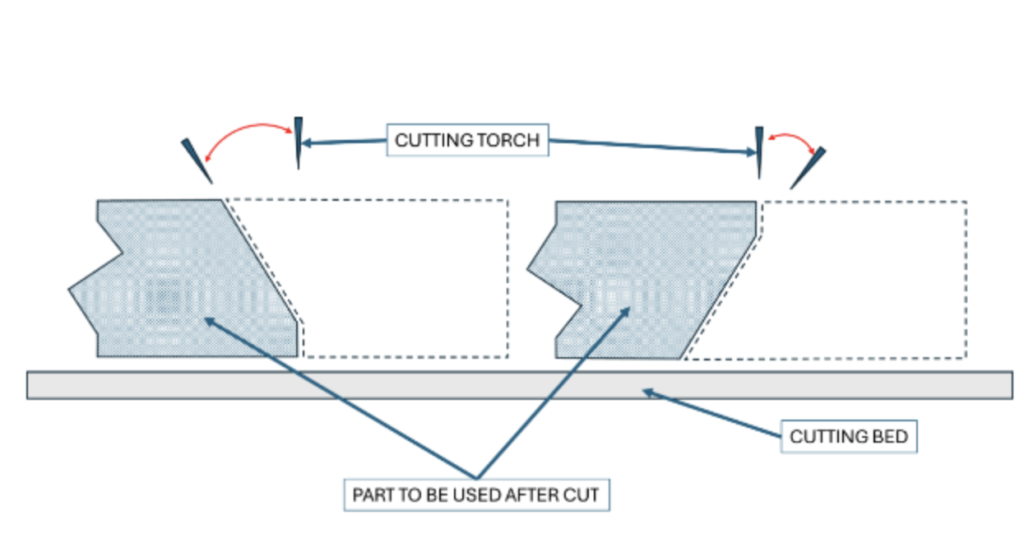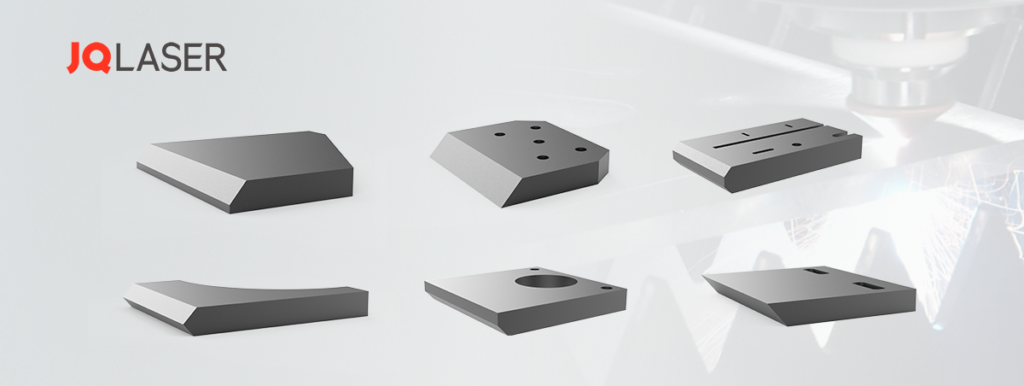The global shipbuilding industry faces three key challenges: shorter delivery cycles, rising material costs, and increasingly stringent environmental regulations. To address these challenges, leading shipyards have begun adopting laser cutting technology on a large scale. From luxury yacht manufacturers in Europe to commercial ship production hubs in Southeast Asia, laser cutting machines are redefining the boundaries of shipbuilding.

Part 1: Technological Advantages of Laser Cutting – Why the Shipbuilding Industry Needs It
1. Ultra-Precision and Complex Shape Processing
Laser cutting machines can achieve ±0.1mm cutting accuracy, making them ideal for complex shipbuilding needs, such as hull curves, pipe openings, and intricate geometric shapes.
Case Study: Hyundai Heavy Industries in Korea uses a 12kW fiber laser machine to reduce hull steel plate assembly errors to under 1mm, reducing welding rework rates by 90%.
2. Cutting Capabilities for Thick Plates
High-power laser cutting machines (e.g., 20kW or higher) can process thick carbon steel (up to 30mm) and stainless steel (up to 25mm), which are essential for shipbuilding’s structural components.
Data Comparison: Traditional plasma cutting results in thermal deformation of 2-3mm in thick plates, while laser cutting controls deformation within 0.5mm.
3. Maximizing Material Utilization
Intelligent nesting software, such as SigmaNEST, optimizes plate layout, reducing steel consumption by 15%-20%.
Cost Saving: For a bulk carrier requiring 10,000 tons of steel, laser cutting can save over $2 million annually in material costs.

4. Environmentally Friendly and Compatible with Automation
Laser cutting machines are dust-free and low in noise, adhering to European Union Ship Recycling Regulations (SRR) and IMO environmental standards. They can also be integrated into robotic automation lines, reducing manual labor (e.g., Mitsubishi Shipbuilding’s 24-hour unmanned cutting workshop in Japan).
Part 2: Laser Cutting Applications in Shipbuilding

1. Hull Structure and Deck Manufacturing
- Curved Steel Plate Cutting: 3D laser cutting heads are used to process curved hull plates, replacing traditional mold stamping methods.
- Weight Reduction Design: Honeycomb structures are cut into decks and bulkheads to reduce weight while maintaining strength.
2. Pipework and Ventilation Systems
- High-Precision Hole Cutting: Laser cutting ensures precise flange and connector cuts for piping systems, maintaining a tolerance of <0.2mm for seal integrity.
- Stainless Steel Pipe Cutting: Laser cutting prevents corrosion in the heat-affected zone of stainless steel, extending the life of pipes.
3. Interior Fittings and Equipment Installation
- Custom Interior Parts: Laser cutting is used for custom metal panels (e.g., wave-patterned railings, decorative screens), adding value to high-end ships.
- Quick-Fit Equipment Brackets: Laser cutting allows for instant adjustments to bracket designs, accommodating multiple engine or generator models.
Part 3:Future Trends – Innovations in Laser Cutting Technology
1. AI-Driven Process Optimization
Machine learning algorithms will enable real-time adjustments to cutting parameters (e.g., power, gas mix) to suit different materials and environmental conditions.
2. Integrated Hybrid Processing
Laser cutting combined with welding and bending will be integrated into a single workstation (e.g., TRUMPF’s TruLaser Center), reducing material handling time and increasing overall production efficiency.
3. Green Technology Upgrades
- Nitrogen-Assisted Cutting: Replacing oxygen with nitrogen in cutting processes will reduce carbon emissions.
- Waste Recycling Systems: Metal dust recycling systems will allow for the reuse of cutting byproducts, promoting sustainability in shipbuilding.
Conclusion: How Shipyards Should Choose Laser Cutting Equipment
When selecting laser cutting equipment, overseas buyers should consider the following key factors:
- Power and Material Compatibility: Choose machines in the 12kW-30kW range based on the primary materials (e.g., AH36 shipbuilding steel, aluminum alloys) being processed.
- Certifications and Compliance: Ensure the equipment complies with CE certification, ABS (American Bureau of Shipping), and CCS (China Classification Society) standards.
- Full-Spectrum Supplier Support: Opt for suppliers offering end-to-end support, including process testing, technical training, and spare parts availability. It is recommended to choose brands with local warehouses for faster service.
Final Thoughts: The Future of Laser Cutting in Shipbuilding
Laser cutting machines are reshaping shipbuilding by offering unparalleled precision, efficiency, and cost savings. As technology advances, shipyards can expect even greater integration of automation, AI-driven optimization, and green solutions. For those looking to stay competitive in a rapidly evolving industry, adopting laser cutting technology is no longer just an option — it’s a necessity for maintaining high standards and meeting the growing demands of the market.

